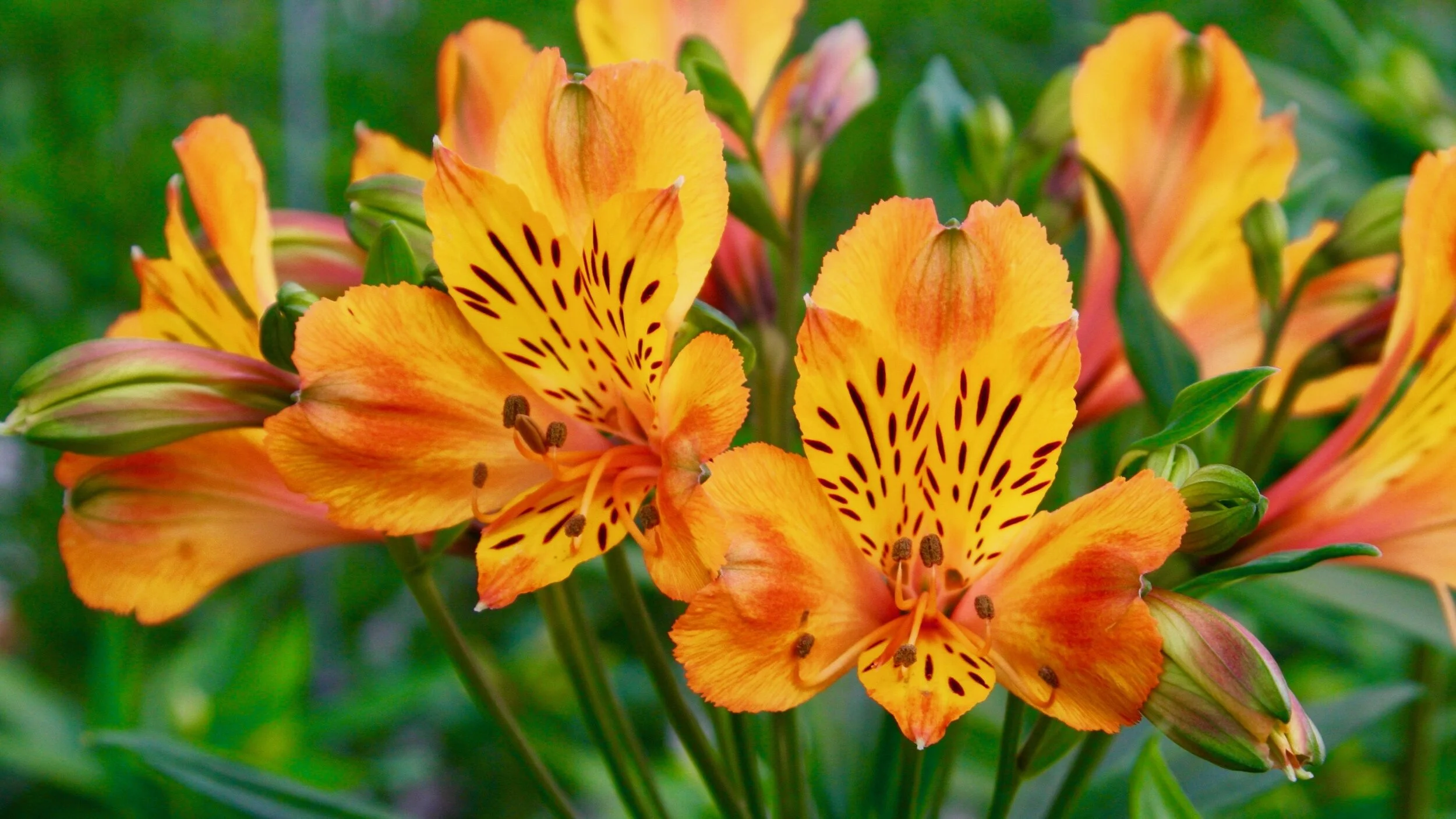Late October is an excellent time for planting shrubs and tees, especially those that are grown for fall foliage. Also plant hardy perennials, although it’s best to wait until the winter dormant season for planting shade trees.
By mid month, plant cool season fescue grass or overseed established fescue lawns if needed. Mid month is also a good time if you choose to overseed a bermuda lawn with winter ryegrass.
Plant your pansies, flowering kale and cabbage, dianthus, cyclamen and other cool weather annuals, like violas for fall color as the weather cools towards the end of the month.
From late October to mid November, under-plant pansies with daffodils or tulips for a brilliant color display in the Spring.
Trees and shrubs that are ‘balled & burlap’, can be planted from October to January.
In your herb garden you can now plant cilantro, garlic, leaf lettuce, parsley, radishes, spinach, and turnips.
This will be the last month of your Rose care routine.
Tidy the garden by removing spent summer annuals before a hard frost and bring in any tender perennials, pruning dead bloom spikes off warm season perennials, and re-shaping overgrown perennials later in the season.
Prune all dead wood from trees and shrubs & replenish or replace mulch around trees, shrubs & in bed areas to a minimum depth of 3” to 4” for winter protection, however, wait until the dormant season for major re-shaping.
Continue to edge bed & turf areas and continue mowing as needed.
Before the first frost, empty your birdbaths as well as fountains and remove any hardy or tropical water lilies as well as floating & marginal plants from water gardens.
Cover your fish ponds with bird netting to catch all the falling October leaves.
Watch out for scale insects on ornamental plants such as hollies, euonymus, gardenias, and camellias, and treat them as recommended and necessary. Brown patches in St. Augustine lawns can be controlled with fungicide as necessary.
Gather dead leaves regularly as a thick leaf layer on lawns can promote insects and diseases and delay winter dormancy. Add excess leaves to the compost pile or shred leaves and use as mulch in beds.
Fertilize your established fescue lawns according to soil test recommendations, your clematis with lime and your Iris with bone meal.
Bring all potted tropicals and houseplants inside as the weather gets colder and don’t forget to inspect your plants for insects which could multiply even more rapidly indoors.
Last but not least, put out plenty of birdseed & fresh water for our beautiful birds.
Everything Green Design would be delighted to help you with all of your fall lawn maintenance, just call us at 631 261-2226 or contact us online for a fall/winter planting plan!

